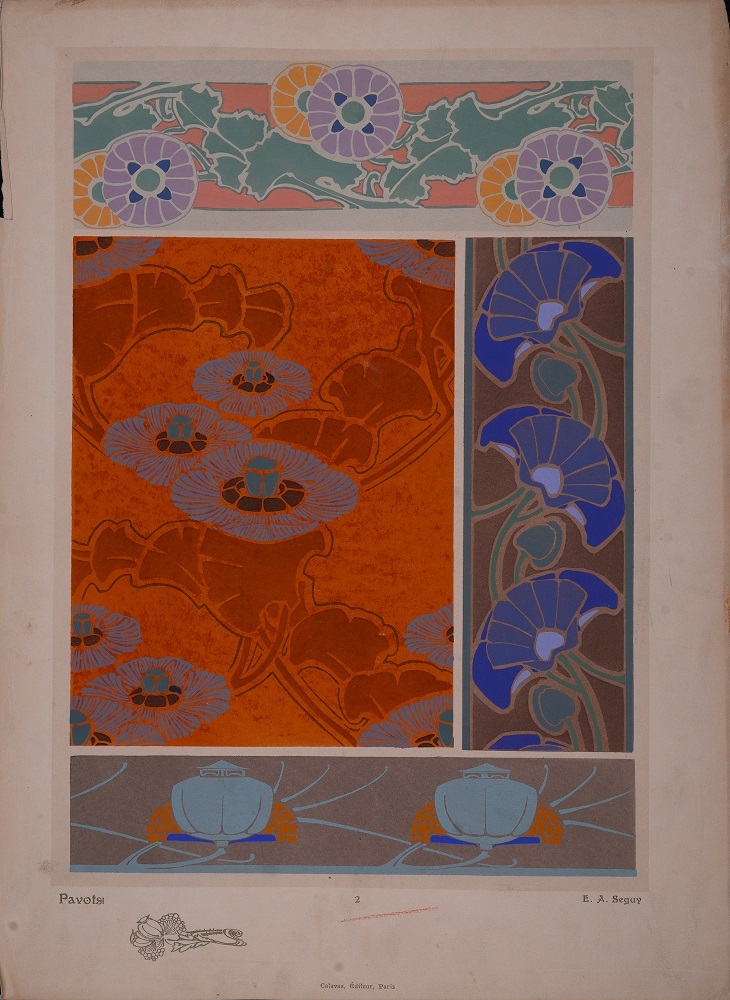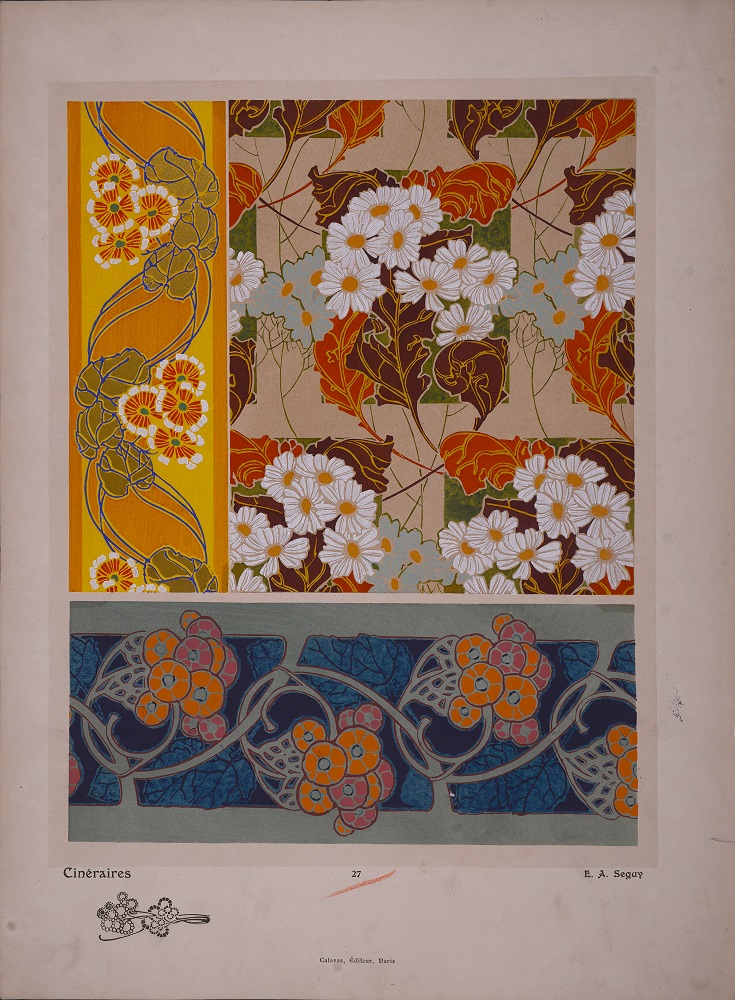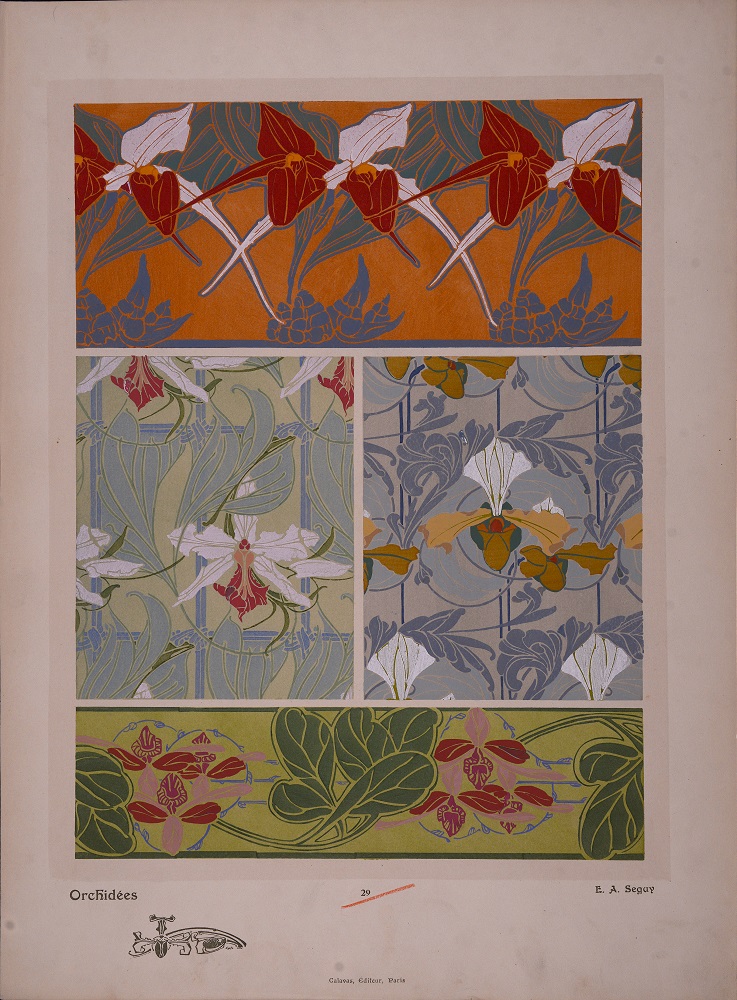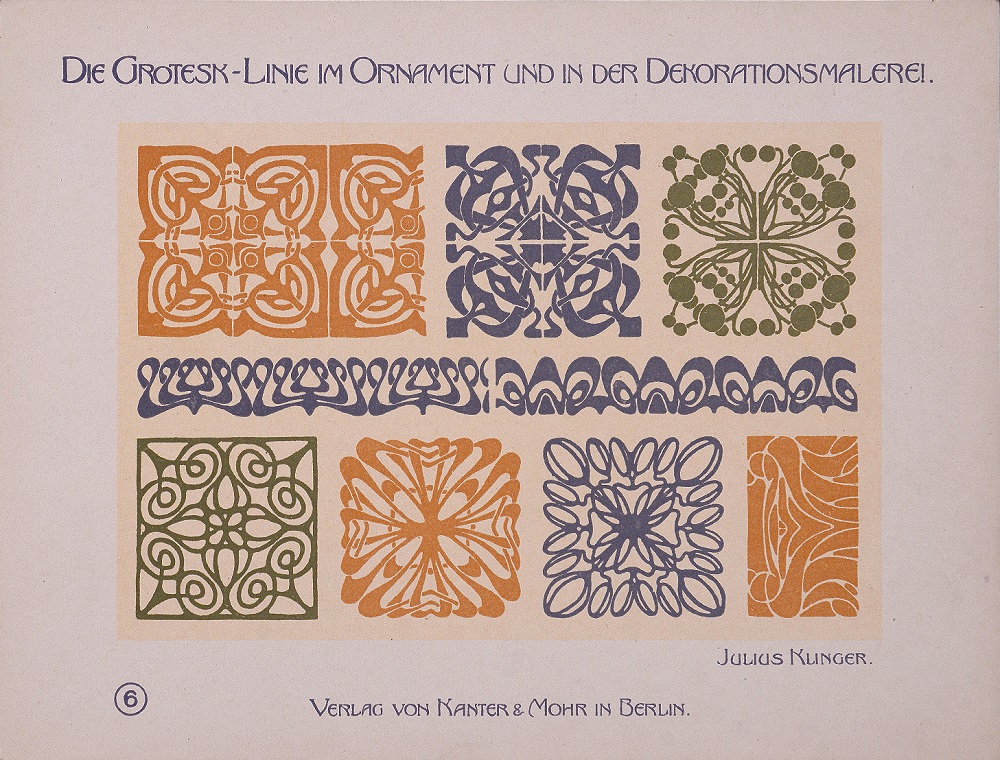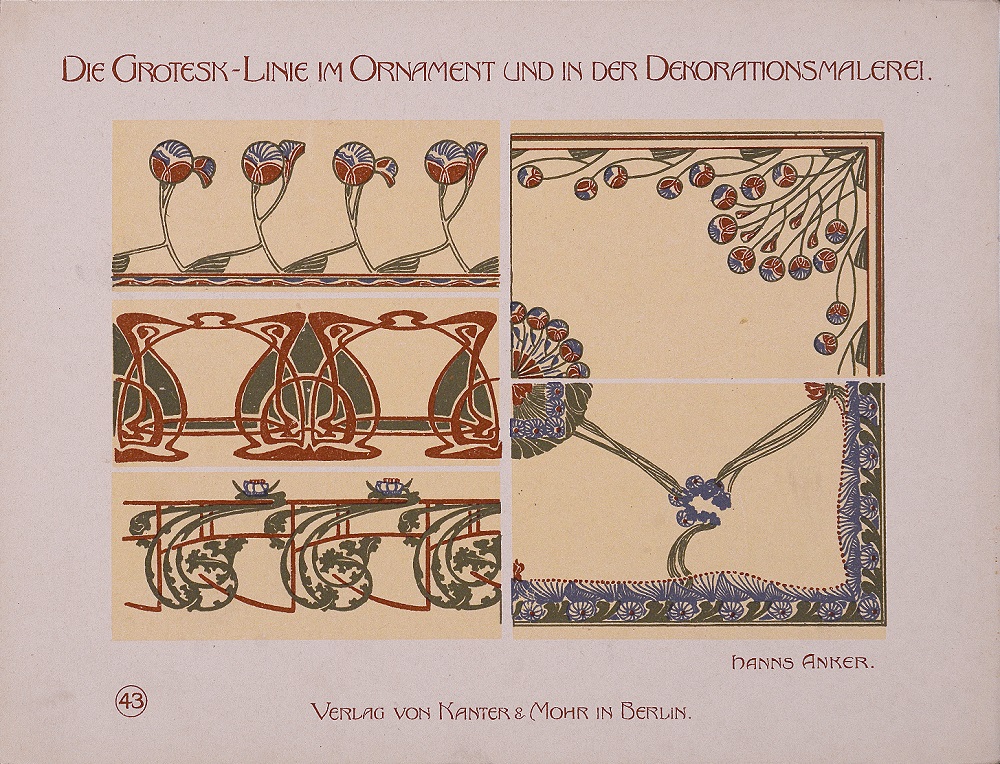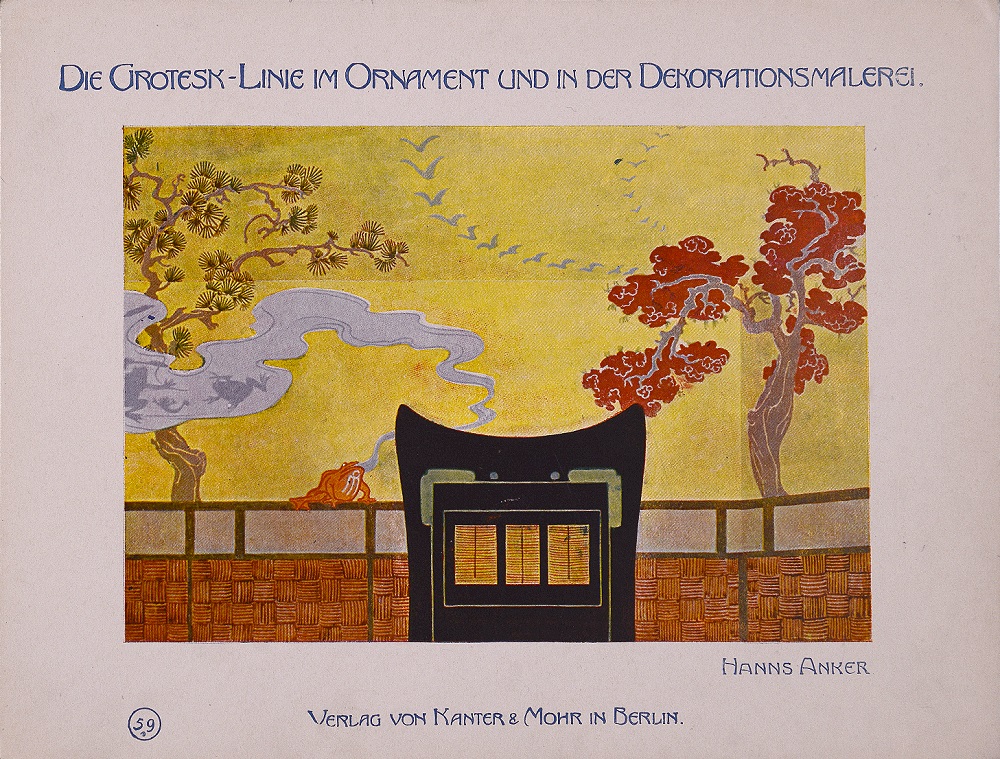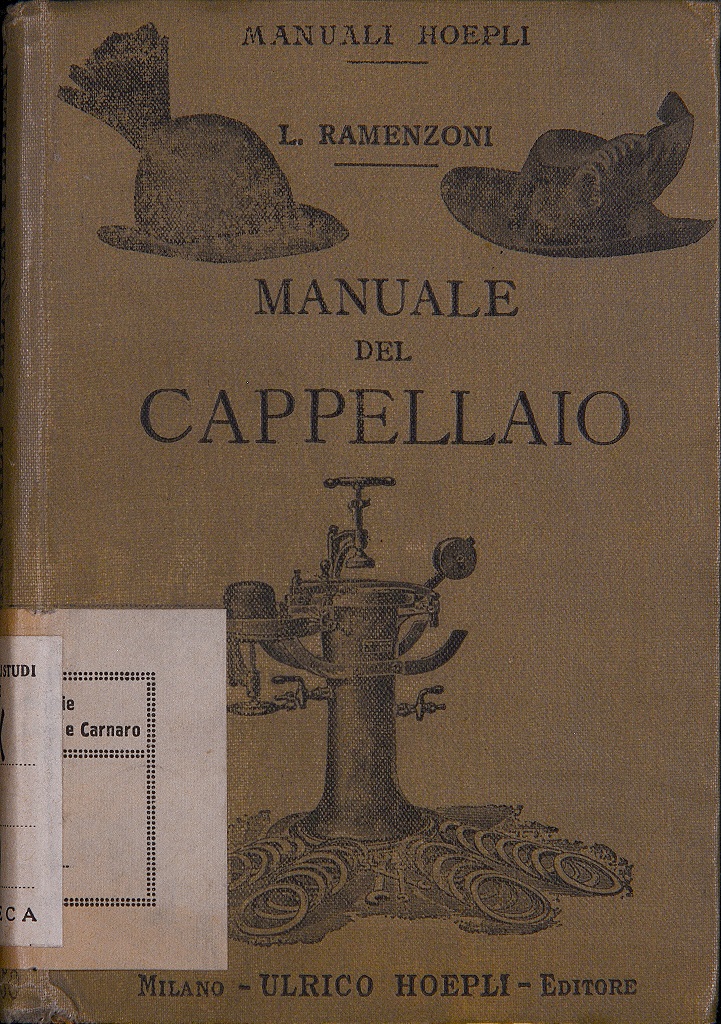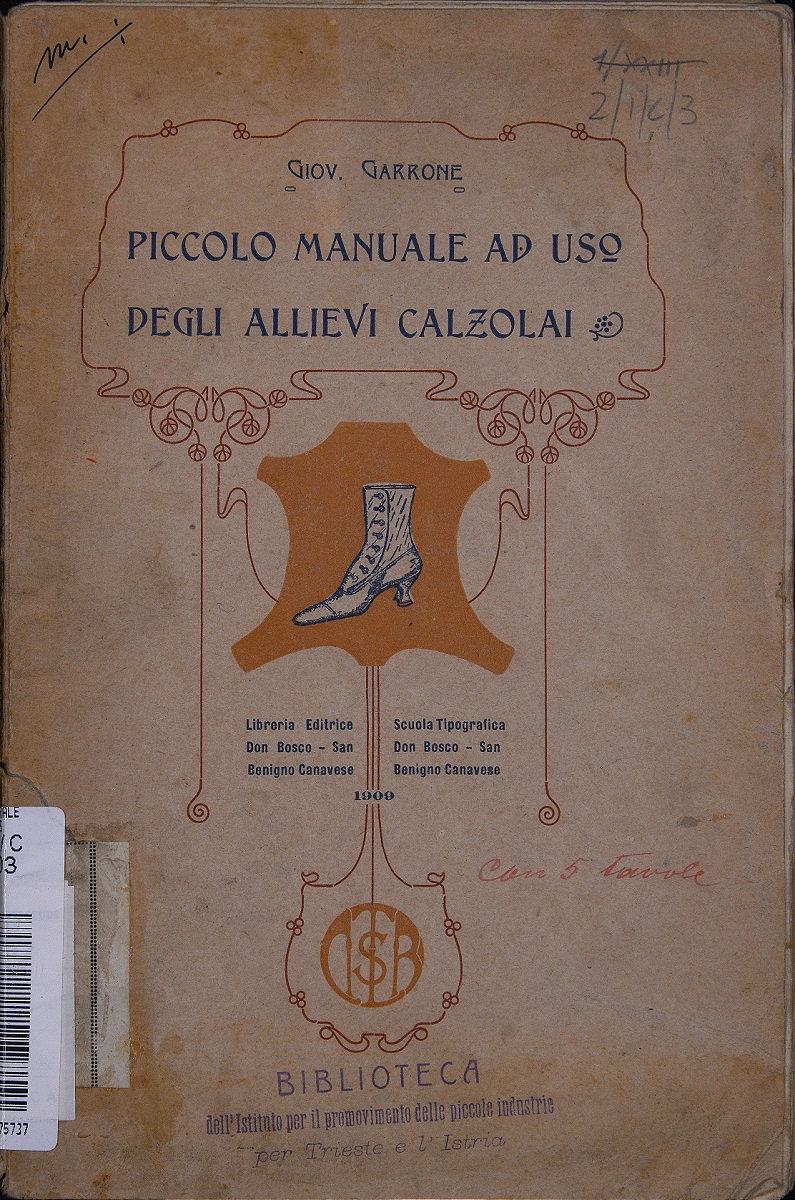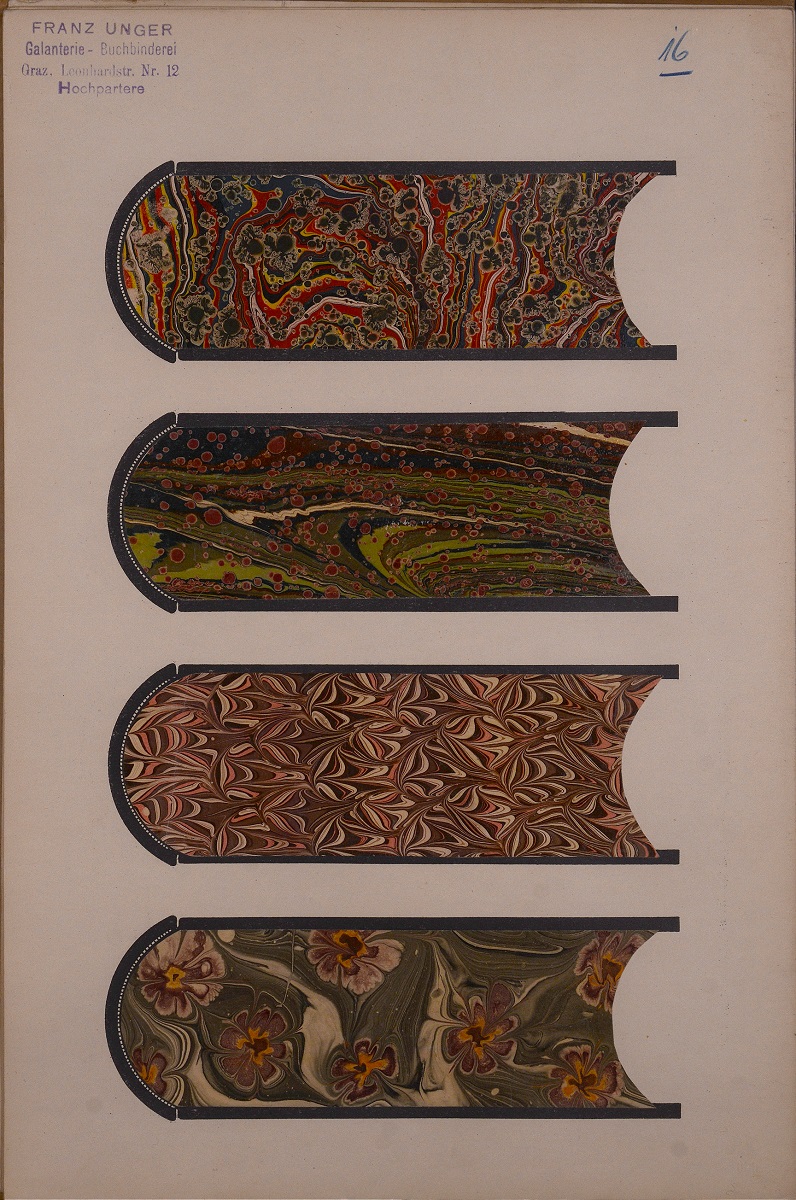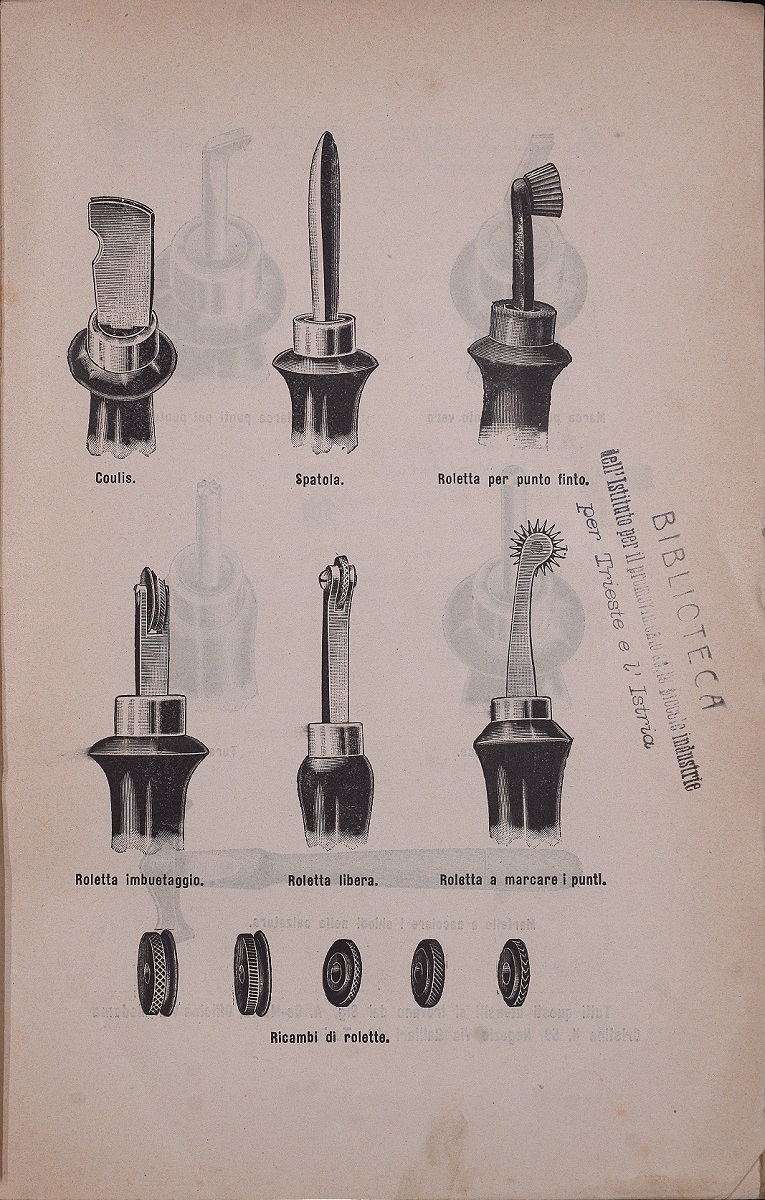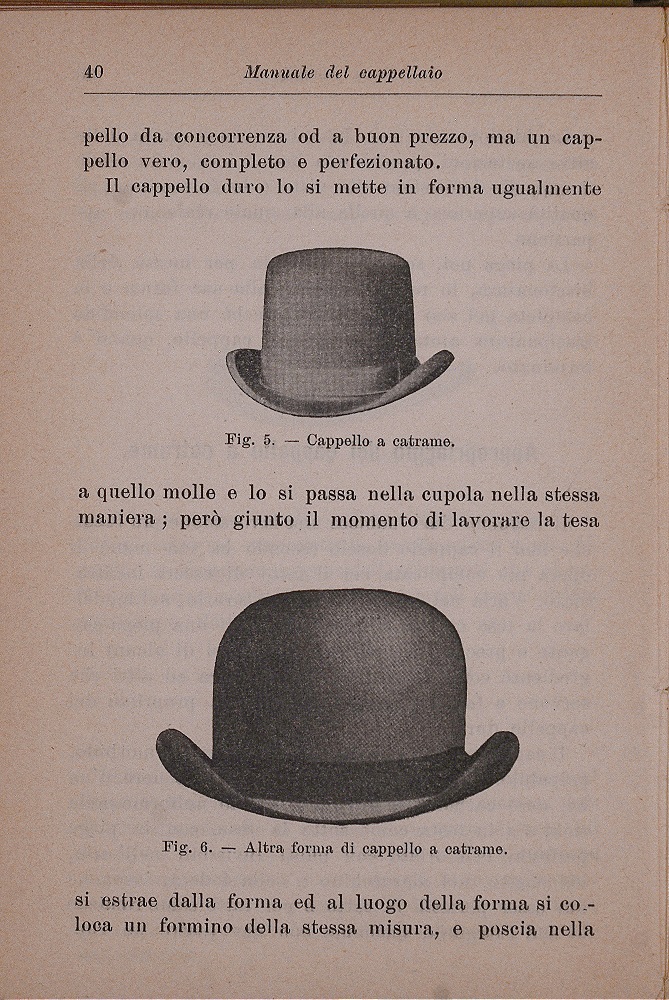Library of the Institute for the Promotion of Small Industries in Trieste
The library of the Institute for the Promotion of Small Industries in Trieste was inaugurated on June 1, 1915.
The purpose of the institute was to support artisans in technological renewal, granting them the necessary funding to replace useful machinery for the profession and organizing refresher courses on the fashions and styles of the time. The library did not deviate from these goals, and it housed books and magazines that accompanied workers and foremen on this journey of improvement and modernization.
Therefore, if on the one hand the Institute organized training courses aimed at tailors, shoemakers and bookbinders, on the other hand with the library it addressed a much broader audience of potential interested parties, which included, for example, silkworm brewers or vintners, offering up-to-date manuals on topics related to their professions.
At the end of the first year the library had 800 volumes, 100 periodicals and 8,000 plates. By 1915 it boasted about 3,000 volumes.
It was located in Trieste at 52 Via Lazzaretto Vecchio 52, on the corner with salita al Promontorio, and occupied several rooms on the second floor. Consultation was allowed not only to artisans and workers, but to all citizens; it had a reading room where the public could have free drawing and tracing materials. The first librarian was Valdemaro Albrecht, since 1907 replaced by Nicolò Bacichi.
Attendance in the first year of operation was 1,351, with a daily average of 9 readers. Curatorial minutes complained about the library's low attendance due to its location away from the city center; to publicize it, the institute used to send monthly attendance bulletins to the city press. Again from the Curatorial minutes we learn that, by 1907, the daily average of users had risen to 10, "holding with this figure one of the best places among the libraries of the brother institutes."
Educational institutions also made use of the library, and in particular of the preserved plates, for students to practice the art of drawing.
Thanks to the surviving materials, we can only get an idea of the richness of the holdings from which it was composed. Over the years, in fact, works of various formats, but of great value, had been acquired from various nations of Europe, publications updated to the latest trends in color and of various subjects, which inspired the work of artisans and the imagination of pupils and apprentices, or simple enthusiasts.
The library was in operation until 1960; at that time it consisted of 5,485 documents. In the years immediately following, a large portion of that holdings was given to the University of Trieste, and was taken over as of the end of 1962 by the General Library of Trieste, where it remains today.
Bibliography
J. Geszler, Die Moden des 19. Jahrhunderts, Wien : Emil Berté & C.ie, [1895/1897?]
Modelli per legatori di libri, Trieste, Istituto per il promovimento delle piccole industrie, [19..]
Piccolo manuale ad uso degli allievi calzolai, S. Benigno Canavese, Tip. Don Bosco Ed., 1909


